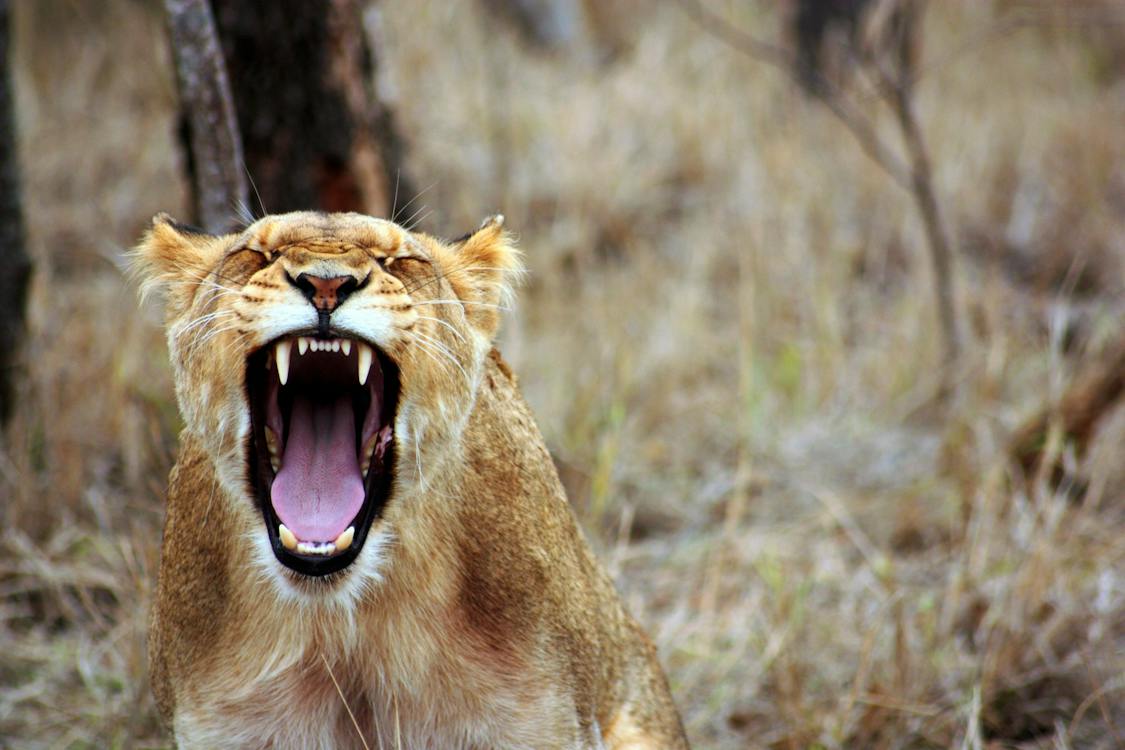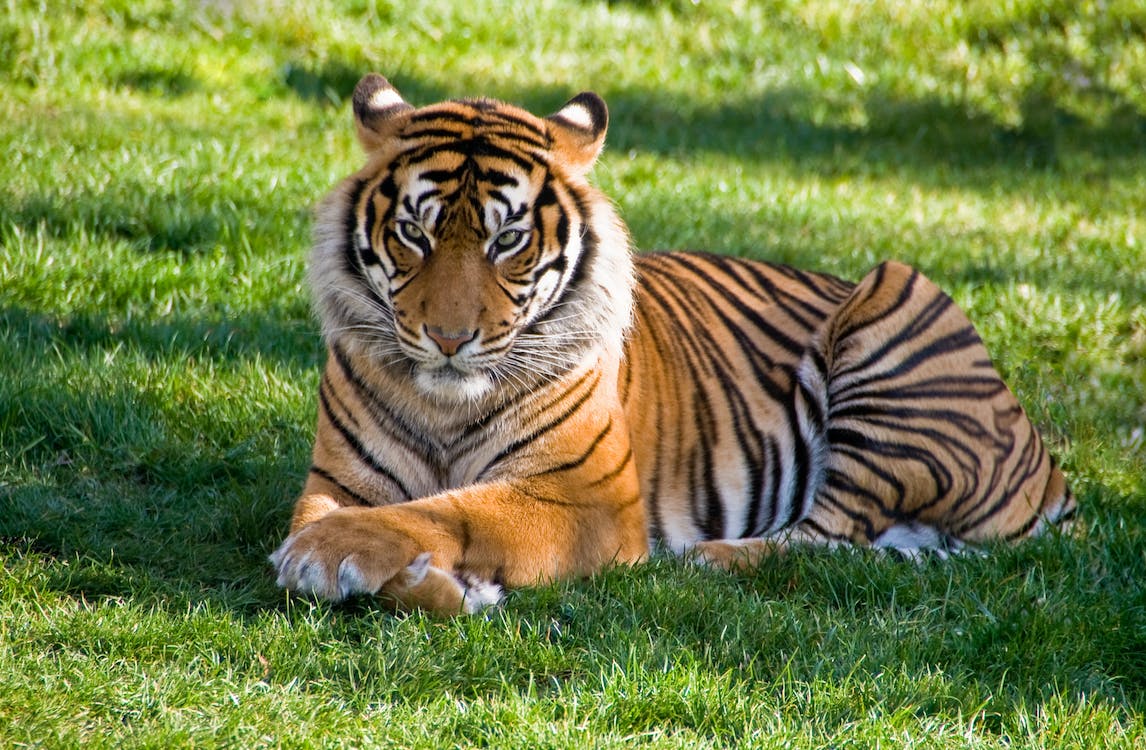Common animals such as dogs, cats, horses, pigs, and cows are kept as pets and are adaptive to humans because they are domesticated. But most of their relatives like foxes, tigers, and zebras remain stubbornly wild and dangerous to humans. Some exotic pet enthusiasts adopt wild animals and take care of them when they are infants so they will adjust to the human environment, only to experience injuries from their hits, or worse, having their babies or young children eaten alive.

Before we continue, let us differentiate taming with domestication. Taming is a human-directed act of taking a wild animal and giving it a lot of careful nurturing to make them tolerant of human presence. The human becomes its parental figure.
Let’s use tigers as an illustration. You can tame one better if you raise it from birth. Look at the stereotypical animal circus with tigers jumping through hoops of fire. Tigers can follow the instructions of a human and not attack them because they are trained to be tamed. Now, consider it as a pet – imagine a tiger as tame as a domestic cat. Even the most adorable pet tabby cat can pounce around corners, bat playfully, climb up and scratch on things. Occasionally, cats can get grumpy and let out a swipe. For them, it’s just fine. But when its bigger and wilder relative, the tiger, lets out even just a playful swipe or pounce, it can mean losing half a face or harsh body injuries for a human.

It is possible to domesticate a tiger after raising multiple generations, but it is difficult. For tigers to be truly domesticated, there would be a lot of people who would risk their lives because even a tamed tiger can act unpredictably. Plus, domesticating a tiger would be expensive work because they eat a lot of meat. If you run out of meat to feed them, its hunger and natural instincts can trigger them to look at you (or any other human) as a sumptuous dinner, without recognizing that you are their master. In short, domesticating wild animals is dangerous.

A study suggests that many species that haven’t been domesticated could be – humans just don’t try. In the 1950s, a Russian scientist named Dmitri Belyaev did experiments to domesticate foxes. Usually, wild foxes are solitary, independent and shy. Belyaev repeatedly selected only the foxes that were most comfortable around humans and kept them for further breeding with the goal of re-creating the evolution of wolves into dogs, a process that began more than 15,000 years ago.

On the flip side, the consequences of taking wild animals out of their natural habitat and forcing them to live in a cage as pets are equally devastating. People need to understand that just because humans can hand-rear lion cubs does not mean they can invoke change in their sensitive adrenal glands that drive them to hunt. Thousands of years ago, many wild animals were domesticated out of necessity, but taming and domesticating wild animals this time can be nothing more than self-gratification. Nowadays, a lot of wild species are becoming endangered and extinct, and people must focus on their conservation and survival, not on taking them as captives in an environment that would be hard for them to adapt. It would be better for us and for the wild animals if we would adopt already domesticated animals as pets. Wild animals should be able to live freely in the wild.

